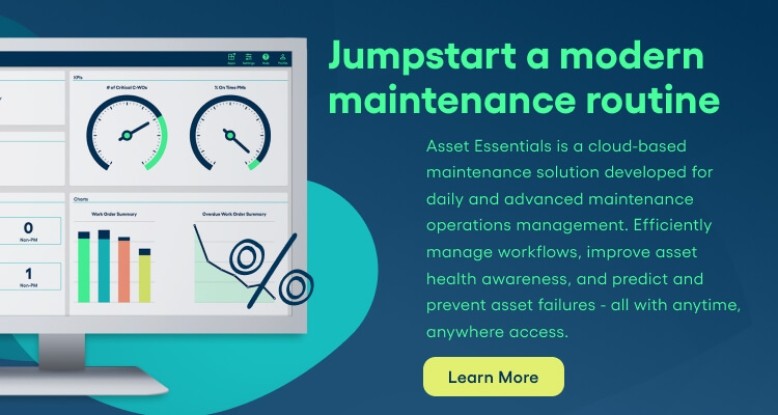How does your school's physical environment affect students?
Student achievement is often purely looked at from the perspective of the strength of the curriculum and the quality of the teachers. However, study after study demonstrates that facilities themselves have a huge impact on student behavior, grades, teacher tenure and even community satisfaction!
Unfortunately, school facilities and building equipment are in dire need of upgrades and repairs.
According to the Center for Green Schools, $542 Billion would be required over the next 10 years to modernize the nation’s K-12 public schools. How does this deferred maintenance affect students?
- Student Behavior – Studies show a relationship between the physical learning environment and student behavior. Broken Window Theory states that physical disorder, such as broken windows, run-down buildings, etc. leads to bad behavior and disorderly conduct. School facilities that are not in great condition could be the cause of poor student behavior and conduct in the classroom.
- Student Achievement – Facilities have the power to weaken or improve the teaching and learning environment. Higher grades have been associated with the design and condition of school facilities. Better GPA isn’t just based on curriculum! Studies in different geographic areas have even shown a link between facilities and teacher tenure. Teachers are more likely to stay in their job if the school is in good condition.
- Health – The Sick Building Syndrome states that acoustics, air quality, and temperature of facilities affect the stress levels and physical health of building occupants - student and faculty health can be impacted by the physical facilities they are in. A common cause for Sick Building Syndrome is an issue with the HVAC system, such as mold, improper ventilation or lack of proper maintenance.
-
Community – Aside from building occupants, the physical condition of K-12 facilities can also affect community members. Housing prices change based on the quality and appearance of schools, which can in turn affect a school’s incoming student population, the number of community events held in school facilities, community involvement with school activities, and more. For Superintendents, Business Officers, Principals and other stakeholders, this is a big challenge. With budget cuts across the board, it’s especially difficult to stay on top of deferred maintenance needs.
Hutto ISD in Texas looked to a software system for corrective maintenance and facility scheduling to help bring revenue back to the Operations Department, start new staff programs, and begin tackling its deferred maintenance. How much exactly has Hutto ISD saved?
-
30 minutes per work order – when the district translates this into saved man hours, they save nearly $50,000 per year
-
With community use of its facilities and a structured invoicing process through its facility usage solution, the district recoups about $70,000 per year
While Hutto’s Maintenance and Facilities Departments are the daily users of Brightly, the district’s choice solution, its impact has not gone unnoticed by Hutto ISD’s Superintendent. The Superintendent reported noticing:
-
Higher faculty satisfaction with better work order processes and staff morale programs put in place
-
Lower operations costs and increased revenue
-
Community satisfaction with a streamlined way for community groups to schedule and be invoiced for school facility space
Other districts have implemented a preventive maintenance system to help tackle deferred maintenance and proactively maintain their systems and equipment. As a results, districts have extended equipment life, delaying replacement costs while improving the quality of physical facilities such as better regulated temperatures in classrooms.




